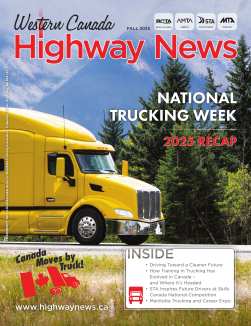
Resources
This is our growing collection of industry resources.
Air Brake Manual & Exam
You must have an air brake endorsement on your driver’s license to drive a vehicle equipped with an air brake system.
Cargo Securement
As a professional driver, it is critical your load is secured properly. The Canadian Council of Motor Transportation Administrators supplies information about National Safety Code (NSC) cargo securement standards. These standards outline the specific requirements for securing loads to commercial vehicles to make sure they don’t shift, move or spill onto the roadway.
Decal Requirements
- Provincial Requirements -The Public Service Vehicle Identification Regulations, 1987
- For the purposes of section 21 of The Motor Carrier Act, a truck or power unit registered as a public service vehicle is to display identification on each side of the vehicle showing:
- In clear and easily read letters that are not less than 5 centimetres in height, the name and address of the holder of the certificate of registration for that vehicle;
- In a clear manner and not less than 15 centimetres in height, the registered trade-mark of the holder of the certificate of registration for that vehicle; or
- Any lettering or logo that may be allowed by the board
- 3 These regulations come into force on the day on which they are filed with the Registrar of Regulations.
- For the purposes of section 21 of The Motor Carrier Act, a truck or power unit registered as a public service vehicle is to display identification on each side of the vehicle showing:
- Federal Motor Vehicle Safety Regulations (CRC., C. 1-38, Section 6.) -Compliance Label for vehicles prescribed for manufacturers
- US FMSCA Regulations - Sizing must be visible from a distance of 50 ft in daylight
- Alberta Commercial Vehicle Safety Regulation - Vehicles weighing or registered for more than 4,500kg
Driver Inc.
Driver Inc is a tax avoidance practice, whereby truck drivers, who would normally be considered employees under most independent criteria, are deliberately misclassified.
- Information Sheet for Supply Chain Stakeholders - How to Detect the Driver Inc. Scheme?
- What is Driver Inc? Three-part series, AMTA President Robert Harper goes through the ins and outs of this scheme affecting commercial transportation in Canada. Video 1 | Video 2 | Video 3
Hours of Service
The Commercial Vehicle Drivers Hours of Service regulations govern the working hours of anyone operating a commercial vehicle. In Saskatchewan, there are provincial hours of service for provincially regulated carriers and federal hours of service for federally regulated carriers. For carriers driving in the U.S., there are US Hours of Service to follow. It is important to beware of the differences between regulations. Driver Inc is a tax avoidance practice, whereby truck drivers, who would normally be considered employees under most independent criteria, are deliberately misclassified.
- Provincial Regulations--Commercial Vehicles Hours of Service Regulations
- SGI Driver’s Guide to Hours of Service—Provincial Guide & Federal Guide
- Federal Regulations—Commercial Vehicle Drivers Hours of Service Regulations
- U.S. Regulations—Hours of Service
- Government of Canada—Electronic Logging Devices
- NSC Standard 9—Hours of Service
Long Combination Vehicles (LCV)
LCV’s are an effective vehicle configuration for the province of Saskatchewan. Moving almost twice as many goods using one truck, LCV’s address the driver shortage and environmental concerns plaguing the trucking industry.
- Harmonization of Special Permit Conditions for Operation of Turnpike Double Long Combination Vehicles in Western Canada
- Harmonization of Special Permit Conditions for Operation of Rocky Mountain Double Long Combination Vehicles in Western Canada
- Permit for Saskatchewan—Permit Condition Process for EEMV/LCV Term Permit | Evaluation Form
- Task Force on Vehicle Weights and Dimensions Policy—Heavy Truck Weight and Dimension Limits for Interprovincial Operations in Canada
Mandatory Entry Level Training (MELT)
Drivers seeking a Class 1 commercial license must first complete Saskatchewan’s mandatory entry-level training (MELT). MELT consists of 121.5 hours of training.
National Safety Code (NSC)
The National Safety Code (NSC) is a set of 16 standards developed by the member jurisdictions of CCMTA in consultation with the motor carrier industry to ensure road safety and facilitate the safe and efficient movement of people and goods across Canada. All commercial vehicles have to meet the National Safety Code’s (NSC) performance standards brought in by all Canadian jurisdictions to ensure vehicles are driven safely across the country. They apply to carriers and drivers that operate:
Security of Loads Amendment Regulation
Effective June 1, bulk loads not fully contained will require covering by a tarp or other appropriate material (such as canvas, wire mesh, netting) to prevent materials becoming dislodged from the vehicle or load container during transport.
- The Security of Loads Amendment Regulations, 2023
- Tarping Loads to be Mandatory Effective June 1 to Improve Safety
SGI Commercial Learners License & Exam
Upgrading your Class 5 driver’s license to any commercial class license involves multiple steps you will need to follow. This can all be done through SGI.
Transportation of Dangerous Goods (TDG)
The goal of the Transportation of Dangerous Goods Regulations is to reduce the danger posed by these goods during their handling and transport. All handling, offering for transport, or transporting dangerous goods must be carried out in compliance with these Regulations.
- Purchase Transporting Dangerous Goods by Truck Book
- Transport Canada TDG Regulations
- Dangerous Goods Transportation Act, SK
TRIP Inspections
The daily vehicle trip inspection is intended to ensure early identification of vehicle problems and defects and to prevent the operation of vehicles with conditions that are likely to cause or contribute to a collision or vehicle breakdown. This applies to all motor carriers and drivers operating commercial vehicles as defined in the NSC
Weights and Dimensions
Don’t overload the road! Saskatchewan carriers are responsible to know allowable weights, special restrictions, maximum gross weights, bridge clearances, and more.
WorkSafe Saskatchewan
Get Home Safe is a Work Safe Saskatchewan campaign dedicated to promoting safety on the road and helping to ensure that every trucker and every driver sharing the road reaches their destination safely.
If you can’t find the information you are looking for, please don’t hesitate to contact us.
Western Canada Highway News
Driver of the Month
Zoran Gjurichanin | December 2025
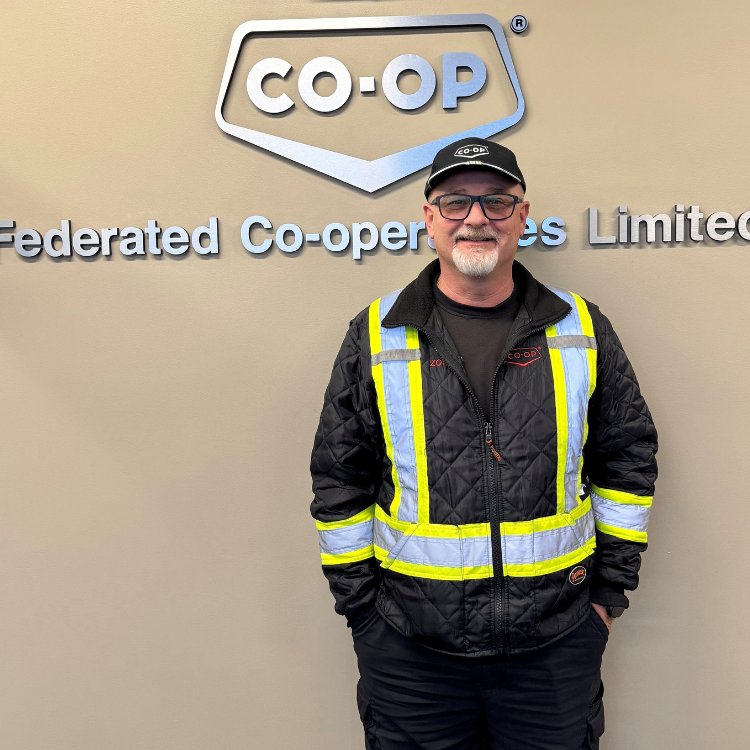
Congratulations to Zoran Gjurichanin with Federated Co-operative Limited who is the STA Professional Driver of the Month for December 2025!
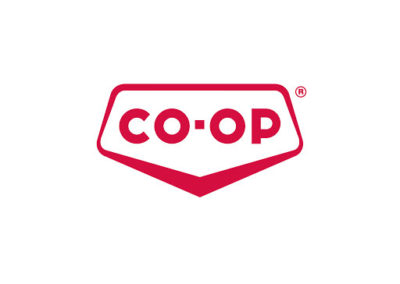
Federated Co-operative Limited
Job Board See All
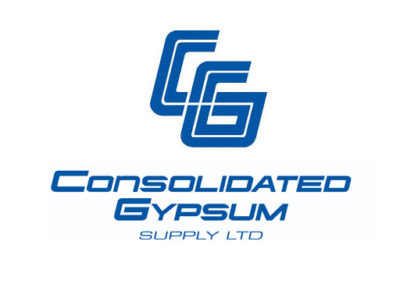
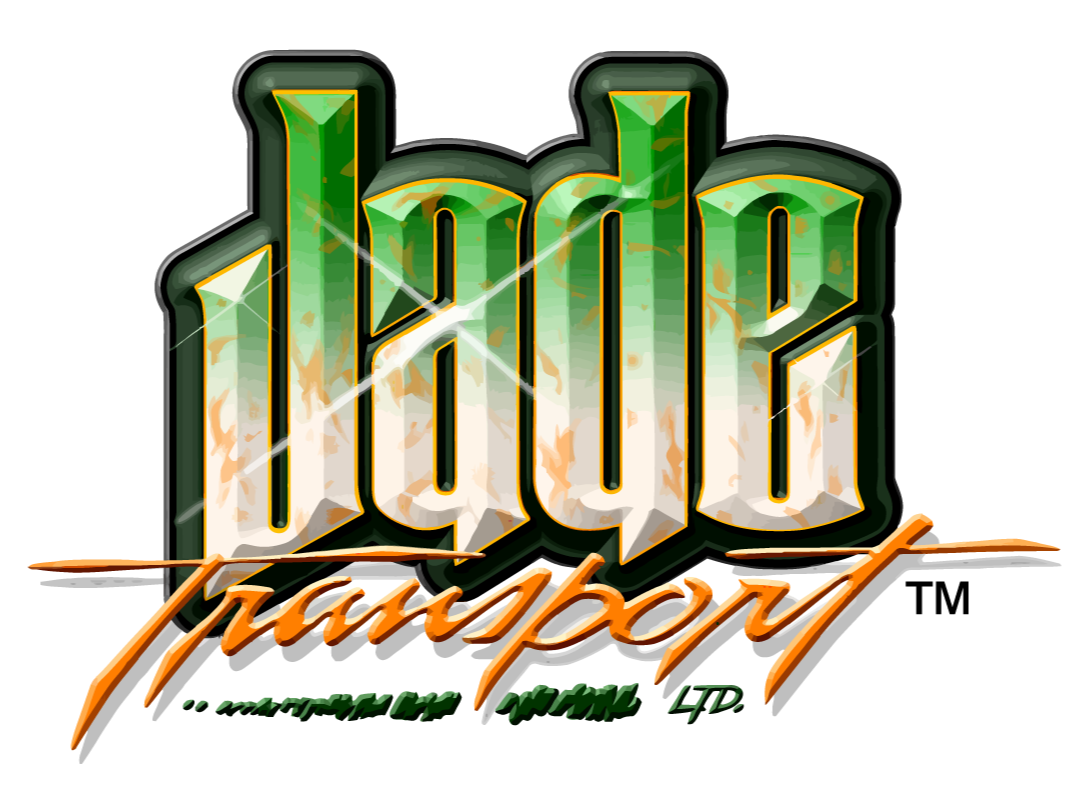
Jade Transport Ltd.


